Well, you learn all your life. As I said, I had not dealt with a battery test in a multimeter before and for this the previous measurement with a fully charged 1.2V battery was incorrect.
It turns out to say that, as you thought, the meter introduces some load on the battery test range. I am enclosing new tests on used batteries.
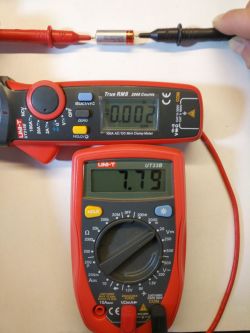
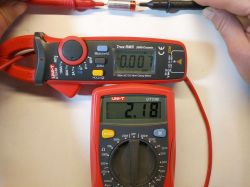
12V battery
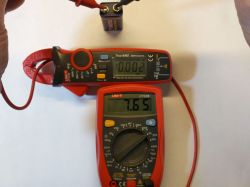
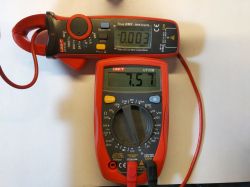
9V battery
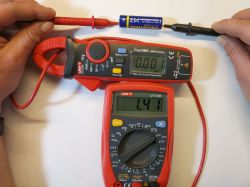
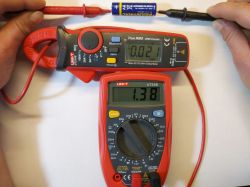
1.5V battery
tytka wrote: When measuring in the 1.5V range, it is about 21.5mA
Well, how he shot the face

.
As you can see in the photos above, in the case of used batteries, the measurement result in the 20V range is different than in the range dedicated to a specific battery.
However, I still feel that this feature is unnecessary. The more that the battery can be checked without any instruments, a piece of flat hard surface is enough ...
Do you know this trick? Although I'm not sure if it will work with a 12V battery, it will not work for the bank at 9V. In contrast, other cylindrical cells (including 18650) can be checked with this trick.
100 points, for the first person to guess what I mean.














